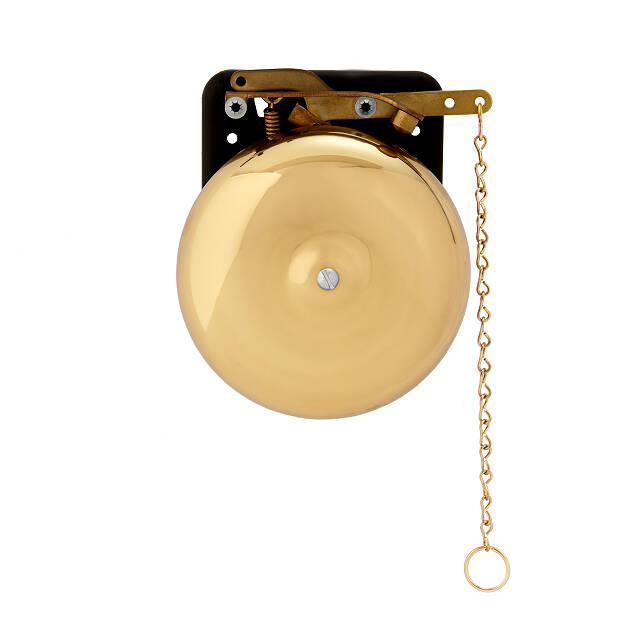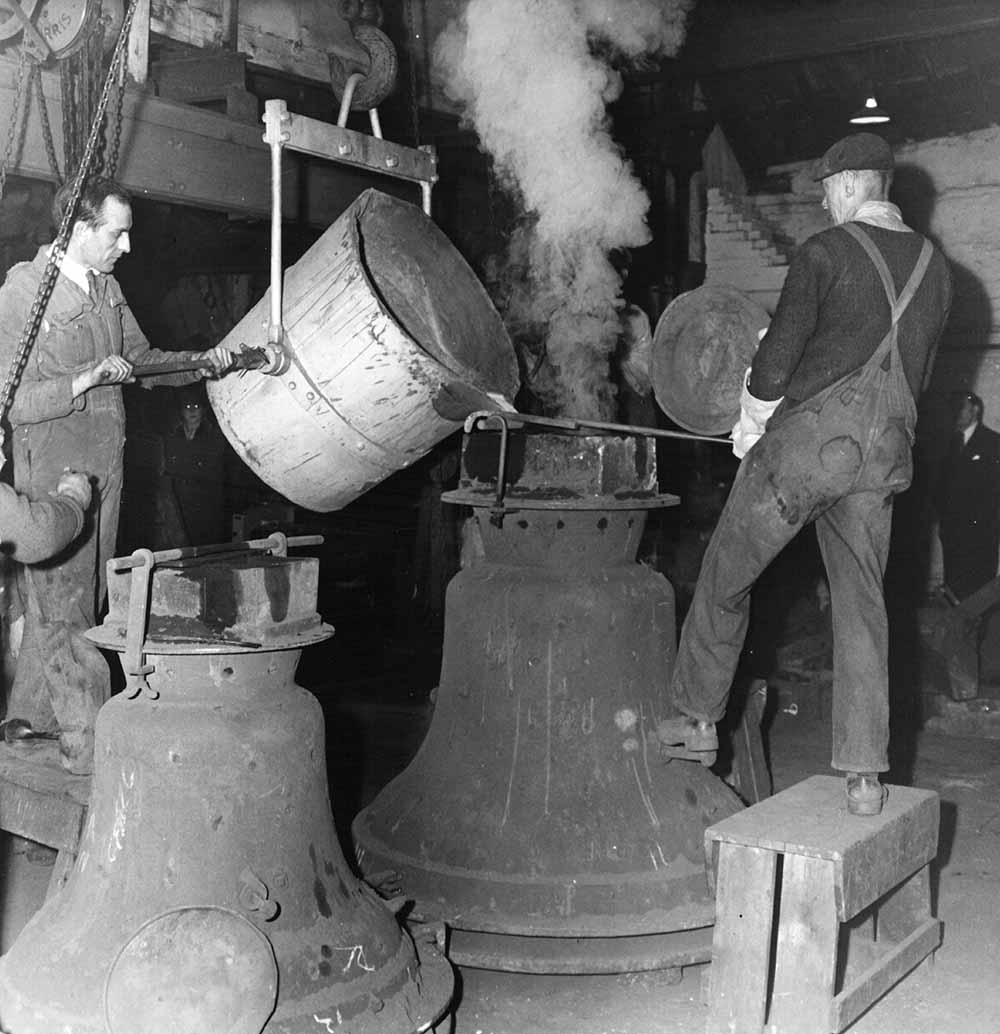For this post, I will be talking about a video I watched on how bells are made. There are many types of bells, boxing bells, jingle bells, cowbells, etc. The one thing each of these types of bells has in common is that they all make a unique sound based on the shape of the bell. For example, jingle bells make a festive jingle sound due to a ball bearing within the flower shell that forms the iconic shape of this bell. There many properties that are applicable to bells, and I choose some of them. First, bells are very malleable, meaning you can strike them with a hammer or put it under some sore of hydraulic machine, and it will sort of form that bell. Bells have a high malleability. Another property is formability, which shows how durable the material is. In this case, like the last, you can easily hammer or dent bells. Bells have high formability. The last property I have is acoustic or sonorous. Obviously, bells are known for making a sound when they are struck. Sonorous means that it can make a sound if you hit it, and so bells are very sonorous. Below are some images of bells and how they are made.




